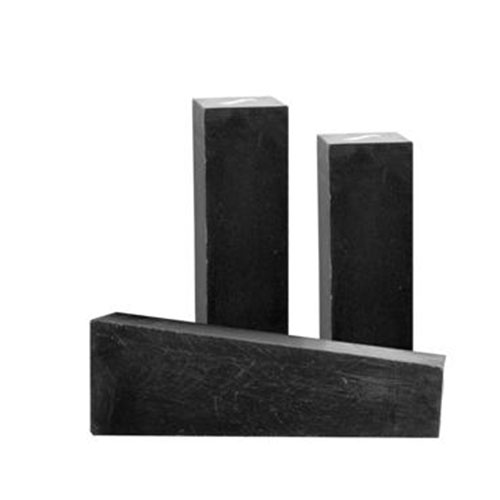Hello! Welcome to the official website of Located in Dashiqiao City!
Yingkou Taishuo Refractories Co., Ltd.
Contact: Mr. Chen
Tel.: 18804171010
Tel.: 0417-5828896
Fax: 0417-5828896
e-mail:18804171010@163.com
Address (business office): 1002-1, 10th floor, International Center, Dashiqiao, Liaoning
The National Standardization Committee approved and issued GB31893-2015 Limits and Determination Methods of Water Soluble Chromium (VI) in Cement, which, as a national mandatory standard, stipulates that the content of water soluble chromium (VI) in cement shall not exceed 10mg/kg. We know that the main sources of cement chromium are: cement raw materials, crushing and grinding equipment, chrome containing refractory bricks, and industrial waste residue. To make the cement chromium content meet the national standard value, it is necessary to control the content of these chromium sources, so as to achieve the goal of reducing chromium, and finally produce qualified and even higher than the national standard products.
Let's talk about one of the sources of chromium: chrome refractory bricks
We know that hexavalent chromium cannot be decomposed in nature, it will pollute soil and groundwater, and it is easy to be absorbed by the human body. It can be accumulated in the body through digestion, respiratory tract, skin and mucous membrane, and has been recognized as a strong carcinogen by the International Agency for Research on Cancer (IARC). Therefore, the pollution of hexavalent chromium has attracted worldwide attention, and various countries have also issued policy directives for hexavalent chromium.
EU: On June 18, 2003, the EU adopted Directive 2003/53/EC, which prohibits the sale and use on the market of cement and cement products containing more than 2ppm water-soluble hexavalent chromium during hydration. This directive was officially issued by the EU Health Substances Control Law on January 17, 2005. The EU also issued two directives, WEEE and ROHS. Since July 1, 2006, hexavalent chromium products have been officially prohibited from sale on the EU market.
United States: Eliminate hexavalent chromium process throughout the country.
Japan: The UE Commission said that two EU decrees were adopted to completely abolish the use of six prices.
China: The Environmental Protection Law of the People's Republic of China, the Cleaner Production Promotion Law of the People's Republic of China, the Notice on Strengthening the Protection against Pollution by Chromium containing Hazardous Wastes, the Law of the People's Republic of China on the Prevention and Control of Water Pollution and other relevant regulations restrict the discharge of hexavalent chromium pollutants. The Catalogue of Substitutes for Toxic and Harmful Raw Materials (Products) Encouraged by the State issued by the Ministry of Industry and Information Technology in 2012 clearly pointed out that chrome containing refractories should be replaced.
Before 2004, the research work on water-soluble chromium in cement was basically not carried out in China, and the harm to human health was not paid attention to. Therefore, before that, most refractory kilns in cement plants were made of magnesia chrome bricks. Magnesia chrome brick has the advantages of high refractoriness, high temperature strength, strong resistance to alkaline slag corrosion, and excellent thermal stability. It also has certain adaptability to acid slag. It is the mainstream refractory in the transitional zone of the 1960s and 1980s. However, one of its disadvantages is that when the cement rotary kiln is in an oxidizing atmosphere, trivalent Cr3+is oxidized to hexavalent Cr6+. Subsequently, the magnesia chrome bricks will be severely corroded by sulfate, thus transforming the Cr6+compounds into water-soluble substances. These substances containing hexavalent chromium ions will be discharged to the outside along with the used refractory bricks and waste gas emission.

Schematic Diagram of Cement Rotary Kiln
At present, chrome containing refractory products have been included in the list of products with high pollution and high environmental risk by the Ministry of Environmental Protection of the People's Republic of China. In addition, the Ministry of Industry and Information Technology has announced that all refractory products containing chromium are prohibited from being used in cement rotary kilns in principle, except under special circumstances. This is why most cement plants have replaced magnesia chrome refractory bricks.
Chromium containing refractories such as magnesia chrome bricks have made indelible contributions to the development of cement industry. However, as a pollution source seriously endangering people and environmental health, their elimination trend is inevitable. The implementation of the Limits and Determination Methods of Water Soluble Chromium (VI) in Cement will play an important role in promoting the green development of the cement industry. This process tests not only the executive power of the government, but also the sense of responsibility and mission of relevant enterprises.
free hotline
0417-5828896